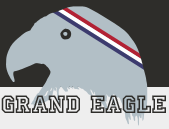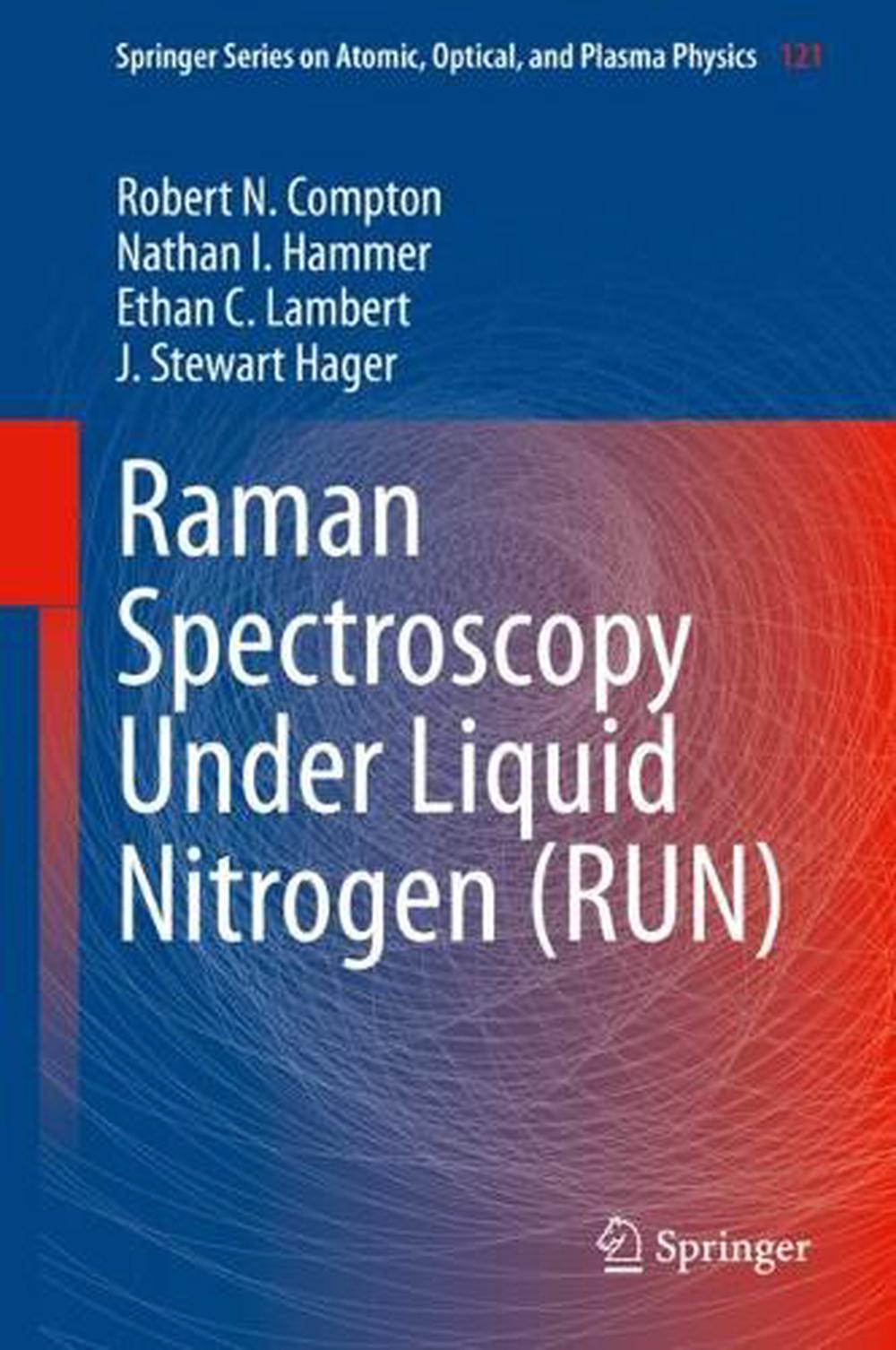This book describes a simple yet innovative method for performing Raman spectroscopy of samples submerged under liquid nitrogen. While Raman spectroscopy has proven to be a powerful tool for the characterization of the structure of matter in the gaseous, liquid, and solid phases, one major difficulty in its application has been laser damage to the material under investigation, especially for biological samples. This book demonstrates how immersion of the sample in liquid nitrogen protects the sample from thermal degradation and oxidation at high incident laser power and allows improvements in sensitivity and spectral resolution over room-temperature Raman spectroscopy, leading to the so-called RUN (Raman Spectroscopy Under liquid Nitrogen) technique. Cooling to liquid nitrogen temperature also allows the selection of the lowest energy molecular conformation for molecules which may have many low energy conformers. In addition, the presence of liquid nitrogen over a roughened surface improves the sensitivity of Surface Enhanced Raman Spectroscopy (SERS), enabling the closely related SERSUN (Surface-Enhanced Raman Spectroscopy Under liquid Nitrogen) technique. This book starts with the theoretical and experimental basics of Raman and polarized Raman spectroscopy, before moving on to detailed descriptions of RUN and SERSUN. Room temperature and RUN spectra are provided for over fifty molecules.
Robert N. Compton received degrees in Physics from Berea College (BA), the University of Florida (MS) and the University of Tennessee (PhD). He was a Senior Corporate Fellow at the Oak Ridge National Laboratory from 1965 to 1995 and was a Professor of Physics and Zeigler Professor of Chemistry at the University of Tennessee until retirement in 2015. He was a Visiting Professor at the University of Aarhus, University of Paris, and the FOM Institute in Amsterdam. In 2001, he was an Erskine Fellow at the University of Christchurch, New Zealand. As an Erskine Fellow he also presented eight two-hour lectures on the Manhattan Project to the city of Christchurch. He is a Fellow of the APS, AAAS, and OSA. Compton received the Beams Award from the American Physical Society and the Meggers Award from the Optical Society of America. His research interests include negative ions, laser spectroscopy, and molecular chirality. He has published one other book with MA Duncan "LaserExperiments in Chemistry and Physics" (Oxford).
Dr. Nathan I. Hammer received an Honors B.S. in Chemistry Degree from the University of Tennessee in 1998 and a Ph.D. in Physical Chemistry & Chemical Physics at the University of Tennessee in 2003. His doctoral research focused on resonant electron transfer processes, the creation and manipulation of very weakly-bound (0.5-50 meV) negative ions, and the interaction of light with chiral systems. He was postdoctoral researcher from 2003 to 2005 at Yale University, where he studied the spectroscopy of fundamental aqueous systems. This work resulted in 15 publications, three of which were in Science magazine, and was listed among Science's Top 10 Breakthroughs of 2004. Dr. Hammer then served as an Intelligence Community Postdoctoral Fellow in the Department of Chemistry at the University of Massachusetts, Amherst (2005-2007). At UMass, Dr. Hammer studied a number of fundamental nanoscale systems using single molecule spectroscopic techniques with publications in journals including Science and The Journal of the American Chemical Society. Important accomplishments include describing blinking suppression in quantum dot nanostructures, probing the chiroptical response of single molecules, and unraveling the origins of spectroscopic defects in organic light emitting diode (OLED) devices. Dr. Hammer joined the University of Mississippi Department of Chemistry and Biochemistry in 2007. He received a Faculty Early Career Development (CAREER) Award from the National Science Foundation (NSF) in 2010 to spectroscopically track the evolution of noncovalent interactions from the single molecule level to the condensed phases. As part of this grant he developed the department's award-winning summer research program for undergraduates. Professor Hammer was named the Margaret McLean Coulter Professor of Chemistry and Biochemistry in 2020. He received the College of Liberal Arts Award for Research, Scholarship and Creative Achievement for Senior Faculty in 2018 and the Faculty Achievement Award in 2021.
Ethan C. Lambert was born in Corinth, Mississippi and graduated from Kossuth High School in May 2019. He enrolled at the University of Mississippi in Fall of 2019 and is currently pursuing a B.S. in Chemistry degree. He enjoys studying physical and chemical processes at the fundamental level and began research under Dr. Nathan Hammer at the beginning of his sophomore year. Ethan has used Raman spectroscopy and quantum computational chemistry to study several chemical systems, including charge transfer events, vibrational structure and symmetry, and enhancing Raman spectral signal. Ethan's current projects focus on the study of inter- and intramolecular photoinduced charge transfer events in artificial photosynthetic systems via ultrafast transient absorption spectroscopy and anisotropy. Ethan is set to graduate with an Honors B.S. in Chemistry in May 2023.
J. Stewart Hager received his Ph.D. from the University of Tennessee in Molecular Physics. He studied high-resolution infrared spectroscopy, molecular vibrational-rotational theory, atmospheric remote sensing. He worked with Dr. Compton as a research associate, where he helped develop the RUN technique. He served as a Senior Research Associate at Atmospheric and Environmental Research (AER) in Lexington, MA from 2005-2008, where he was a team member of NASA's Active Sensing of CO2 Emissions over Nights, Days, and Season (ASCENDS) satellite. He determined sensitivities of DIAL measurements for CO2 due to atmospheric conditions for ASCENDS. He started the company Hager Environmental and Atmospheric Technologies, where he developed a vehicle exhaust remote sensing device called Emissions Detection And Reporting (EDAR). EDAR has been deployed in many countries, including Great Britain, Belgium, Germany, France, and Italy, and has received over 40 patents worldwide.


